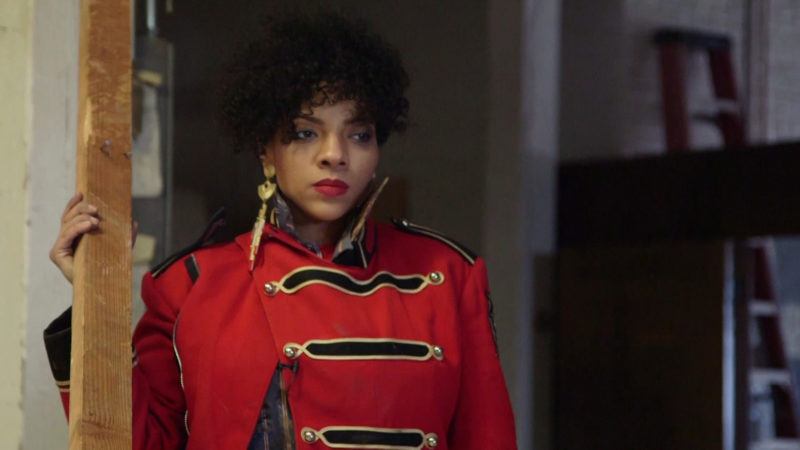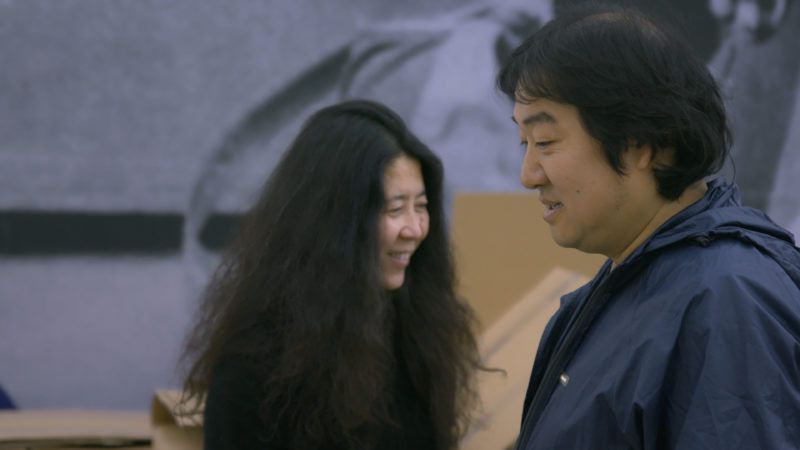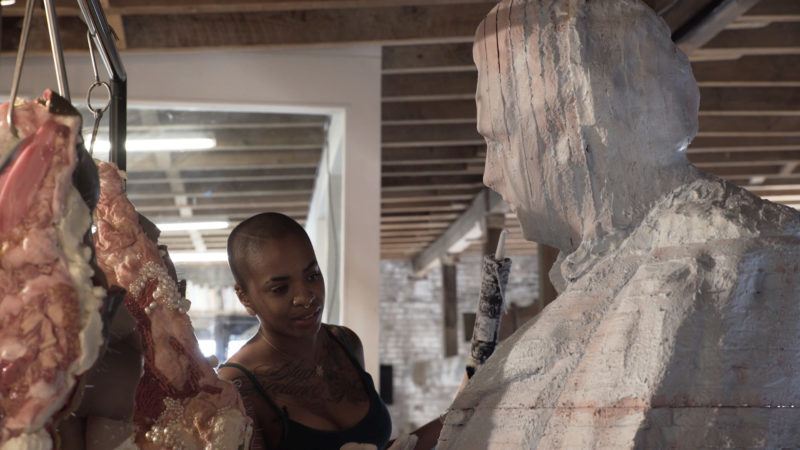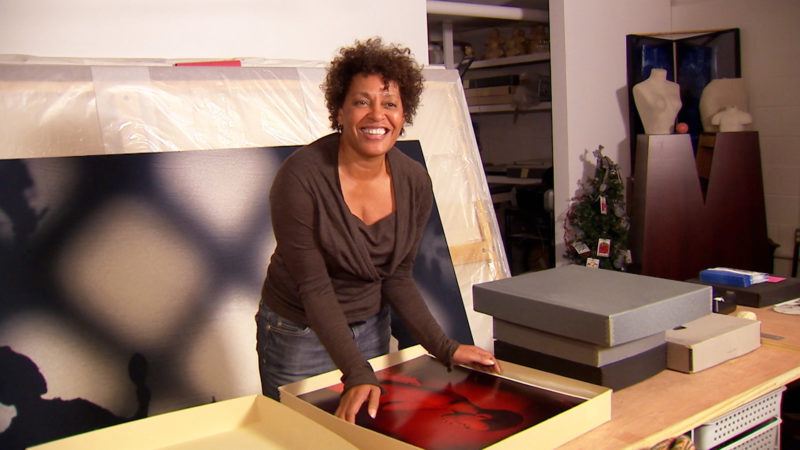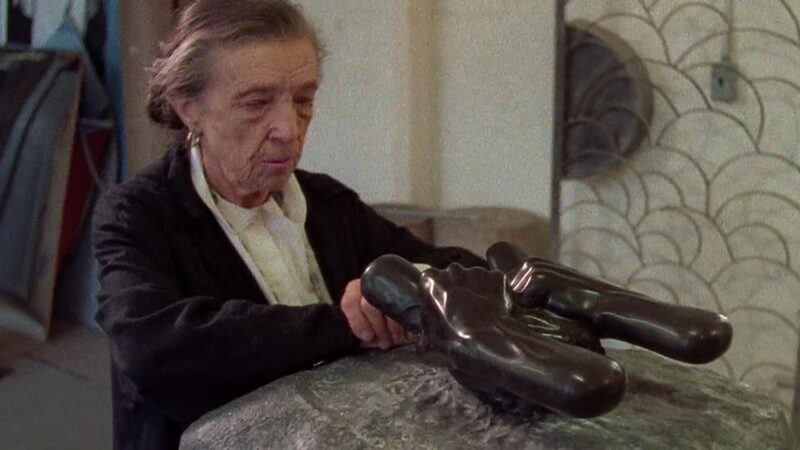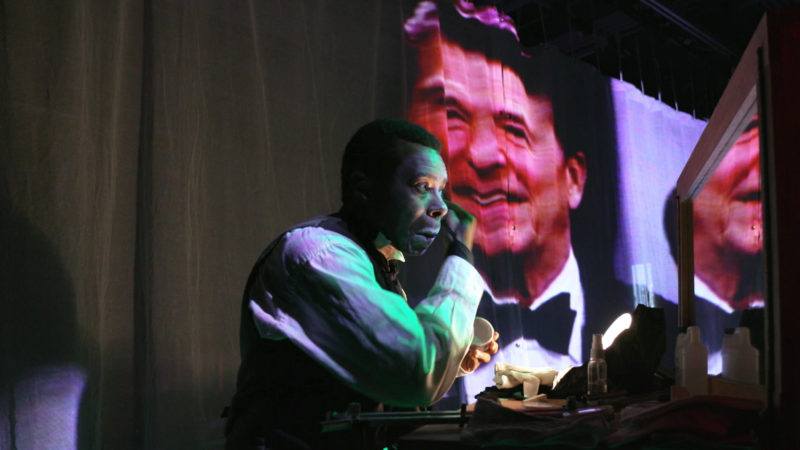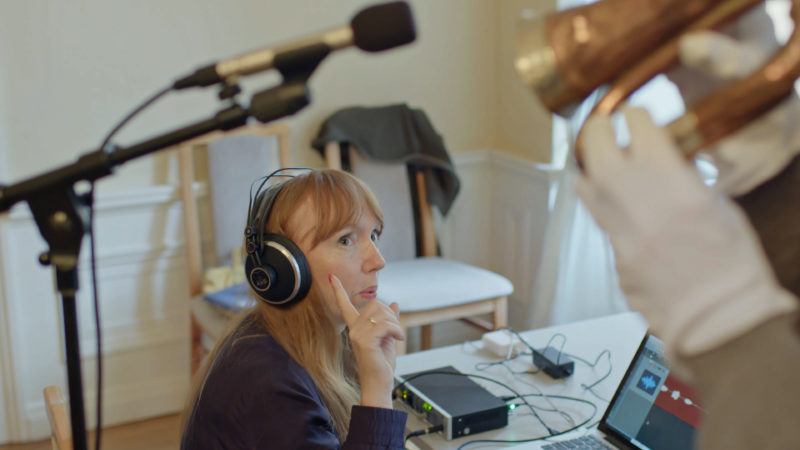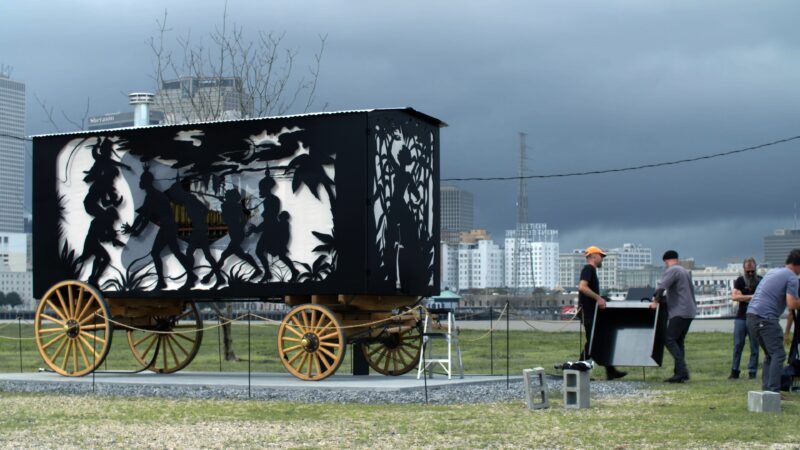Conversation Starter
How can history matter in the present?
Using objects, images, or written material from the past, artists create a window into our present. Whether a few days or centuries ago, personal or public, considering prior events and people illuminates how we live and think today.
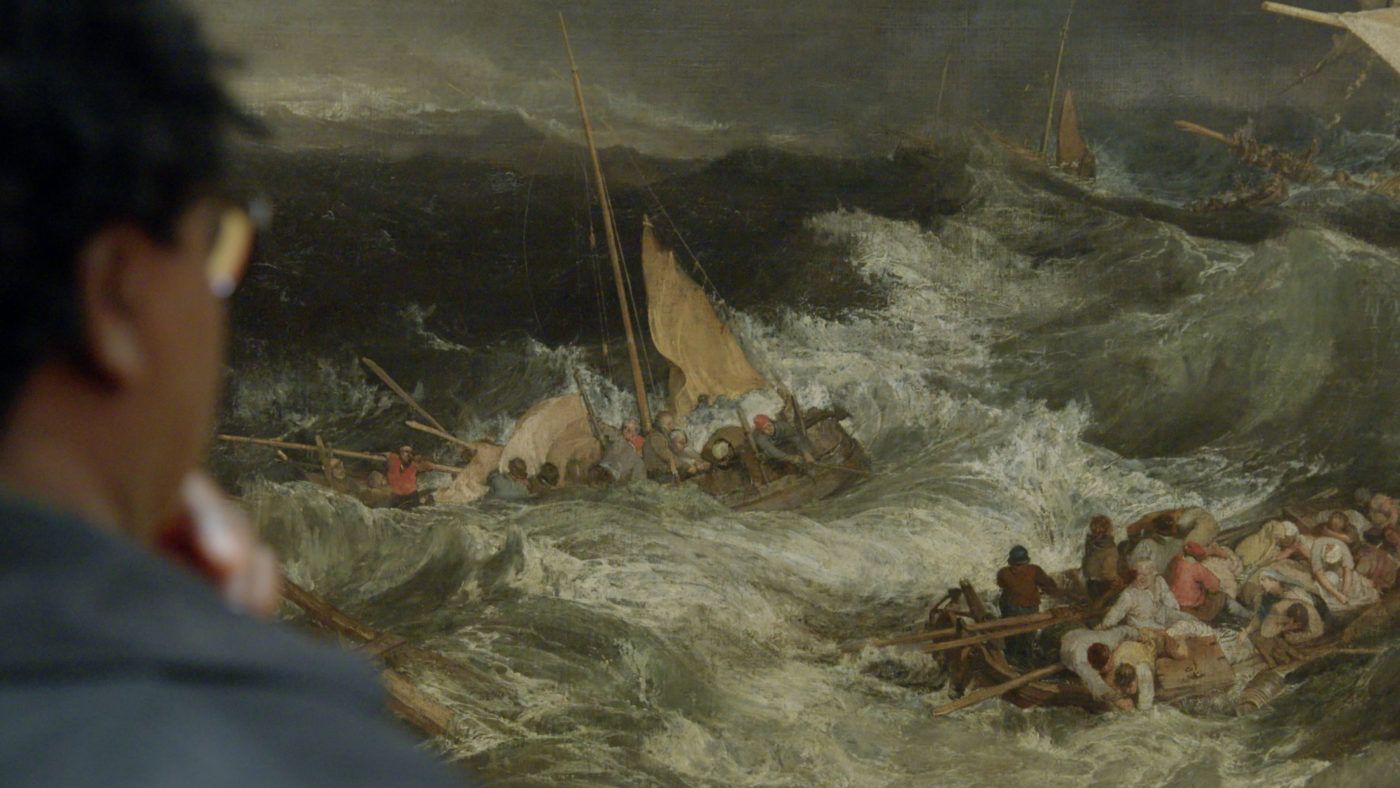
A pioneering filmmaker, John Akomfrah creates multichannel video installations that critically examine the legacy of colonialism, the Black diaspora, and environmental degradation. He reflects, “Once you’ve understood that you’re a product of things, you can’t shake off realizing that from across your life.” Akomfrah weaves together original footage with archival material to create stirring, layered narratives that juxtapose personal and historical memory, past and present, and environmental and human crises.
Inspired by the millions of African Americans who escaped the systemic racism and state violence of the Jim Crow-era South during the Great Migration, Abigail DeVille staged The New Migration. The performances were a grand on-the-street procession of musicians, dancers, marching bands, and community members of all ages donning DeVille’s wearable sculptures.
“The weight of history holds you down,” said DeVille. “I thought it was important to insert people where nobody knows about what Black people have contributed to the history of society.”
Working with humble, readily accessible materials, such as household objects, wooden window and door frames, and even food, Song Dong creates sculptures, installations, videos, and performance works that explore personal and collective memory, impermanence, and the transience of human endeavor.
His most well-known installation, Waste Not (2005), posthumously catalogued more than 10,000 items from his mother’s Beijing home, creating at once a time capsule of a half-century of Chinese culture and consumption and a psychological process for coping with personal grief. Both deeply personal and universally relatable, Song Dong’s works are poetic meditations on the fleeting nature of life.
He says, “Once these objects are turned into something new, we can meet people of the past. They’ve left a trace in history, allowing ourselves today to receive the future, and connect to the past.”
What can aspects of long ago tell us about today?


